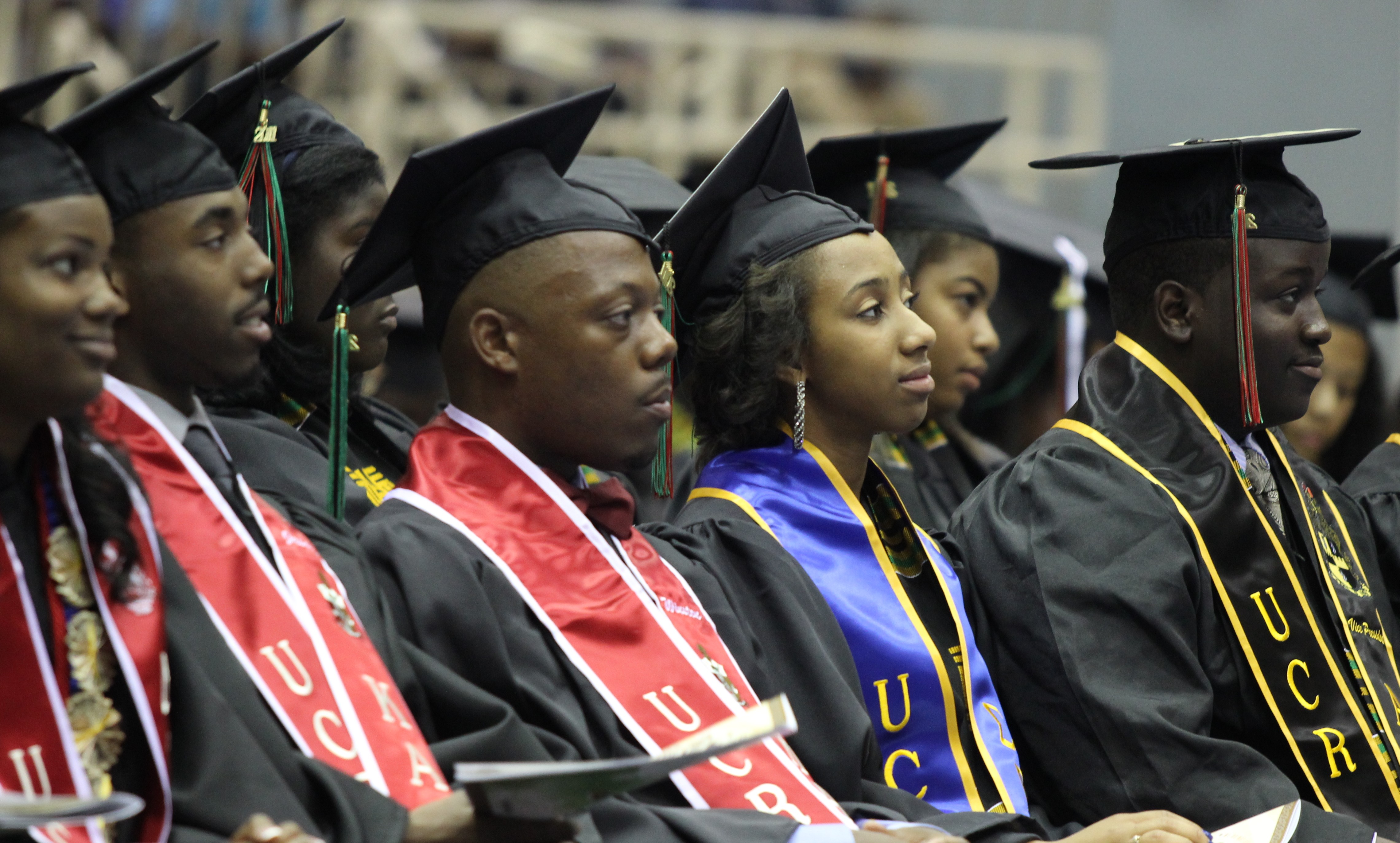Black student loan borrowers are struggling to repay their debts with many defaulting within six years despite having income-driven loan repayment (IDR) options.
Such options are supposed to help borrowers keep their loan payments affordable, with payment caps based on their income and family size.
The findings were released by the Center for American Progress in its analysis of U.S. Education Department data. It revealed that 1 in 3 Black student loan borrowers who started college in 2011-12 defaulted on their loans within six years of entry. The number is 77 percent higher than the average for all borrowers.
Black students attending private for-profit institutions had the worst default rates. Nearly 42 percent of such students who entered college in 2011-12 and had entered the repayment in 2017 defaulted on their loans.
For public two year colleges, the default rate was 31 percent followed by public four-year institutions, private non-profit four-year institutions that had a default rate of 27 and 26 percent respectively.
“While the default rates for private for-profit institutions are alarming, there are also concerning gaps by race at public and private nonprofit four-year institutions. At these schools, Black or African American borrowers had a default rate nearly four times greater than white borrowers and more than double that of Hispanic or Latino borrowers,” the report reads.
Those who don’t finish their college have very high chances of defaulting on a loan. Nearly 55 percent of black students who borrowed but did not earn a credential defaulted on their loans as soon as they entered repayments.
The report also found that one-third of black student borrowers who started college in 2011-12 and were in repayment in 2017 were using IDR. There are a number of income-driven repayment (IDR) plans: Income-Based Repayment (IBR), Pay As You Earn (PAYE), Revised Pay As You Earn (REPAYE) and Income Contingent Repayment (ICR).
Black students earning a bachelor’s are most likely to use IDR to repay their loans followed by those earning associate degrees or certificates. Further analysis found that majority of them have a $0 monthly payment, which means that their income is so low that they can’t afford any loan payment. More than half of the black students attending different institution types have $0 monthly payment.
“While IDR plans have provided real relief to many Black student loan borrowers, this analysis shows that these plans are no silver bullet,” said Ben Miller, vice president for Postsecondary Education at CAP.
“If we’re going to curb Black student loan borrowers’ high default rates, policymakers need to push for bigger and bolder policy solutions,” Miller added.
Illinois Black Students Struggle to Earn Post Secondary Credentials



